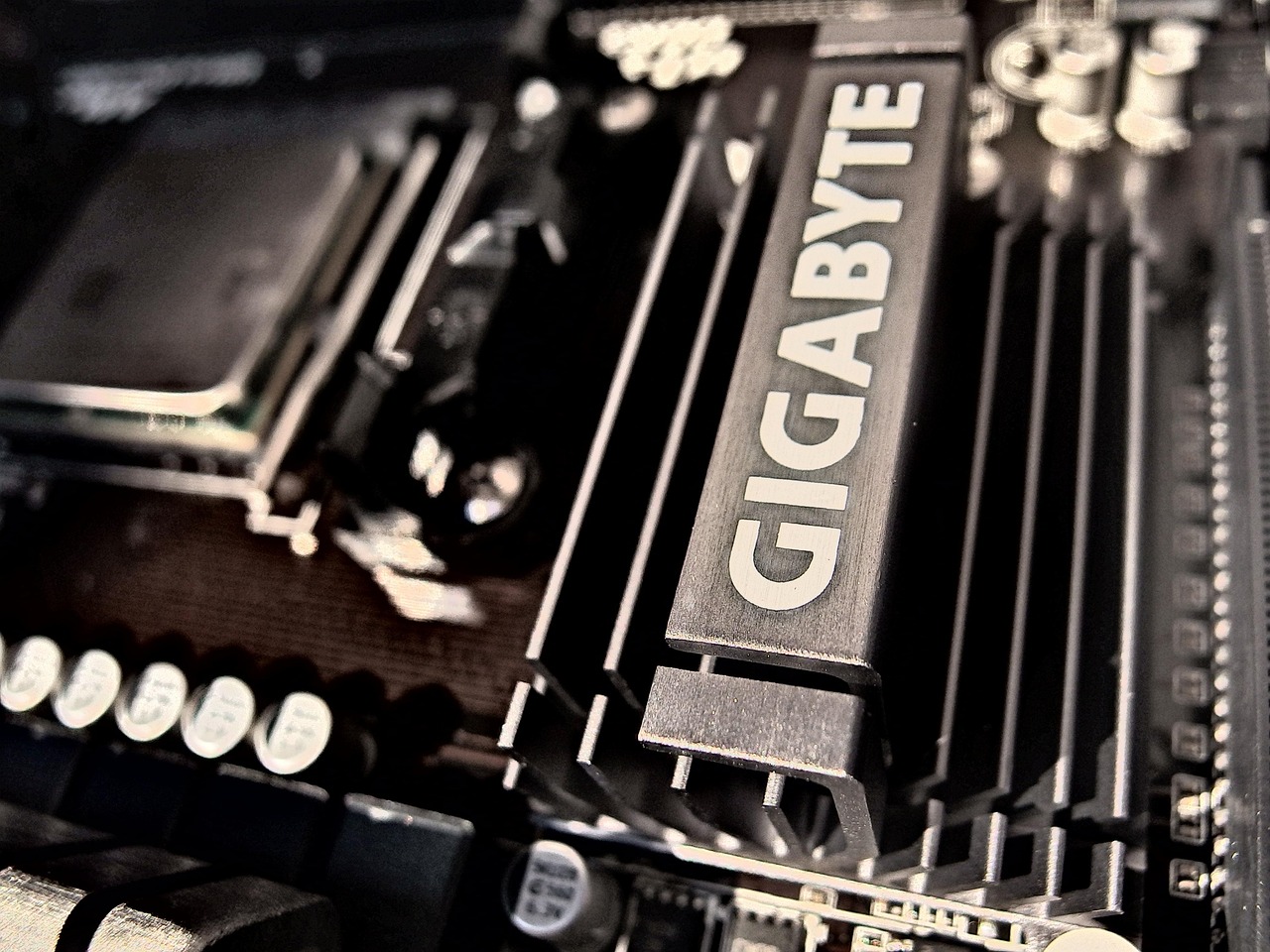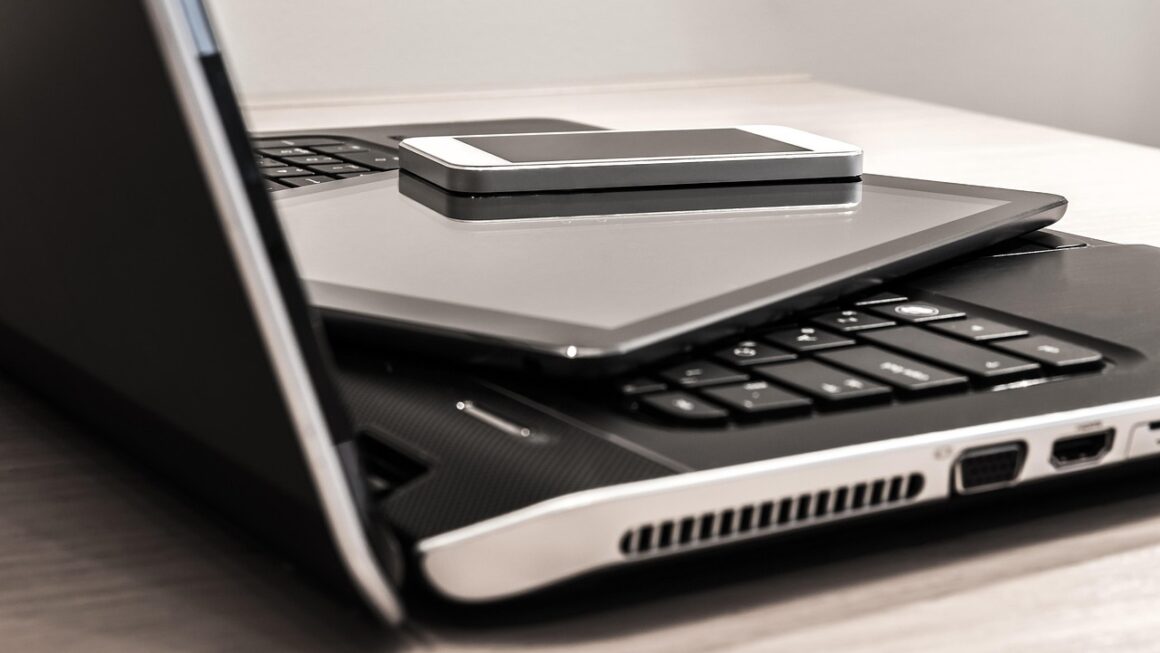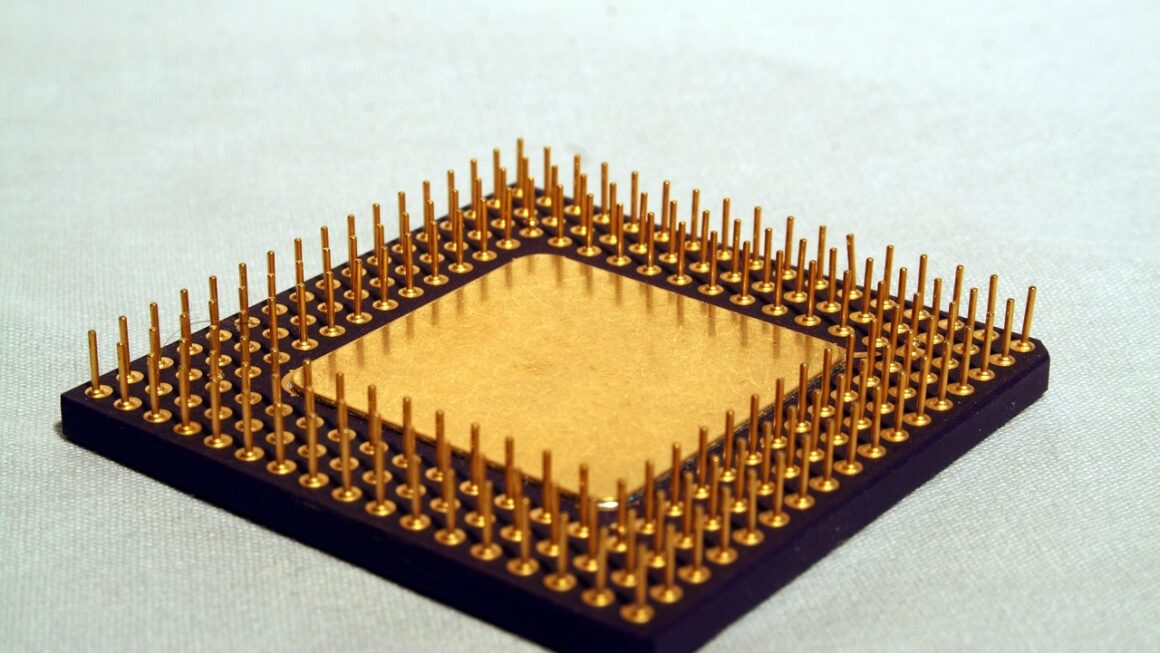Wireless charging has evolved from a futuristic concept to a mainstream convenience, simplifying the way we power our devices. No more fumbling with cables or dealing with frayed wires – just place your phone, earbuds, or smartwatch on a charging pad and let the magic happen. But with so many options available, understanding the technology, benefits, and potential drawbacks is crucial to making an informed decision. This comprehensive guide will walk you through everything you need to know about wireless chargers, helping you choose the perfect one for your needs.
Understanding Wireless Charging Technology
Wireless charging, also known as inductive charging, uses electromagnetic fields to transfer energy from a transmitter (the charging pad) to a receiver (the device). While it’s called “wireless,” it’s important to remember that the charging pad still needs to be plugged into a power source.
How it Works: A Deep Dive
The most common technology used in wireless chargers is Qi (pronounced “chee”). It works on the principle of electromagnetic induction:
- A coil of wire inside the charging pad generates an alternating electromagnetic field.
- Another coil of wire inside the compatible device (phone, earbuds, etc.) receives this field.
- The receiver coil converts the electromagnetic field back into electrical energy, which then charges the device’s battery.
Qi vs. Other Wireless Charging Standards
While Qi is the dominant standard, other technologies have existed or are emerging:
- Qi: The most widespread standard, used by a majority of smartphones, earbuds, and other devices. Its prevalence ensures broad compatibility.
- PMA (Power Matters Alliance): An older standard that has largely been superseded by Qi. Devices supporting PMA are becoming less common.
Power Delivery and Charging Speed
Wireless charging speed is measured in watts (W). The higher the wattage, the faster the charging. However, several factors affect the actual charging speed:
- Charger Wattage: Choose a charger that supports the maximum wattage your device can handle.
- Device Compatibility: Your device needs to be compatible with the wattage offered by the charger. For instance, an iPhone might support up to 7.5W wireless charging, even if the pad can deliver more. Check your device’s specifications.
- Charging Case: Thick or metallic cases can interfere with wireless charging and slow down the charging speed. Remove the case or use a case specifically designed for wireless charging.
- Adapter Used: Using an insufficient power adapter for the wireless charging pad will significantly reduce its output power.
Benefits of Wireless Charging
Wireless charging offers a multitude of advantages over traditional wired charging.
Convenience and Ease of Use
The most obvious benefit is the convenience of simply placing your device on a pad to charge.
- No More Fumbling with Cables: Say goodbye to tangled cords and struggling to plug in your device in the dark.
- Easy to Use: Just set your device down and it starts charging.
- Centralized Charging: A single wireless charging pad can handle multiple devices (depending on the pad’s design).
Reduced Wear and Tear
Frequent plugging and unplugging of cables can damage the charging port on your device.
- Protects Charging Port: Wireless charging eliminates the need to physically plug in a cable, reducing wear and tear on the port.
- Prolongs Device Lifespan: By minimizing damage to the charging port, you can potentially extend the lifespan of your device.
Clean and Organized Setup
Wireless charging helps to declutter your desk or nightstand.
- Minimalist Design: Wireless charging pads are generally sleek and compact, contributing to a cleaner aesthetic.
- Reduces Cable Clutter: Eliminates the need for multiple charging cables.
Increased Water Resistance
Some devices are designed with improved water resistance because they don’t require an exposed charging port.
- Improved Device Sealing: By eliminating the charging port, manufacturers can better seal devices against water and dust.
Types of Wireless Chargers
The market offers a variety of wireless chargers to suit different needs and preferences.
Single-Device Charging Pads
These are the most common type of wireless chargers, designed to charge one device at a time.
- Basic Pads: Simple, affordable, and widely compatible. Examples include basic Qi-certified pads from brands like Anker and Belkin.
- Fast Charging Pads: Support faster charging speeds for compatible devices. Look for pads that advertise Quick Charge or Power Delivery (PD) compatibility.
- Stand Chargers: Hold your device upright, allowing you to see notifications and use your phone while it charges. Brands like Samsung and Google offer stand chargers.
Multi-Device Charging Stations
Designed to charge multiple devices simultaneously, often including a combination of wireless and wired charging options.
- 3-in-1 Chargers: Typically designed to charge a phone, earbuds, and smartwatch. Many brands like Mophie and Belkin make these.
- Charging Stations with USB Ports: Include wireless charging pads alongside USB-A and USB-C ports for charging other devices.
Portable Wireless Chargers (Power Banks)
These combine the convenience of a power bank with the ease of wireless charging.
- Wireless Charging Power Banks: Allow you to charge your device wirelessly on the go. Good for travel.
Embedded and Furniture Chargers
These are integrated into furniture or other surfaces.
- Built-in Chargers: Found in desks, lamps, and other furniture. Often Qi-compatible.
- DIY Integration: You can purchase separate wireless charging modules to integrate into your own furniture projects.
Choosing the Right Wireless Charger
Selecting the perfect wireless charger requires considering several factors.
Device Compatibility
Ensure the charger is compatible with your device’s wireless charging standard and wattage.
- Check Your Device’s Specs: Refer to your device’s documentation or manufacturer’s website to determine its wireless charging capabilities.
- Qi Certification: Look for chargers that are Qi-certified to ensure compatibility and safety. The Wireless Power Consortium (WPC) maintains the Qi standard.
Charging Speed Requirements
Consider how quickly you need your device to charge.
- Fast Charging Support: If you need fast charging, choose a charger that supports the appropriate fast charging standard (e.g., Quick Charge, Power Delivery).
- Wattage Output: Select a charger with a wattage output that matches or exceeds your device’s maximum wireless charging wattage.
Form Factor and Design
Choose a charger that fits your aesthetic preferences and usage scenario.
- Pad vs. Stand: Consider whether you prefer a flat pad or a stand that holds your device upright.
- Material and Finish: Select a charger with a material and finish that complements your other devices and décor.
Safety Features
Look for chargers with built-in safety features to protect your device.
- Overcharge Protection: Prevents overcharging your device’s battery.
- Overheat Protection: Shuts down the charger if it gets too hot.
- Foreign Object Detection (FOD): Detects metallic objects placed on the charging pad and stops charging to prevent damage.
Conclusion
Wireless charging offers a convenient and modern way to power your devices. By understanding the technology, benefits, and different types of chargers available, you can make an informed decision and choose the perfect wireless charging solution for your needs. Remember to prioritize device compatibility, charging speed, design, and safety features to ensure a seamless and enjoyable charging experience. Embrace the convenience of wireless charging and say goodbye to the hassle of tangled cables.




